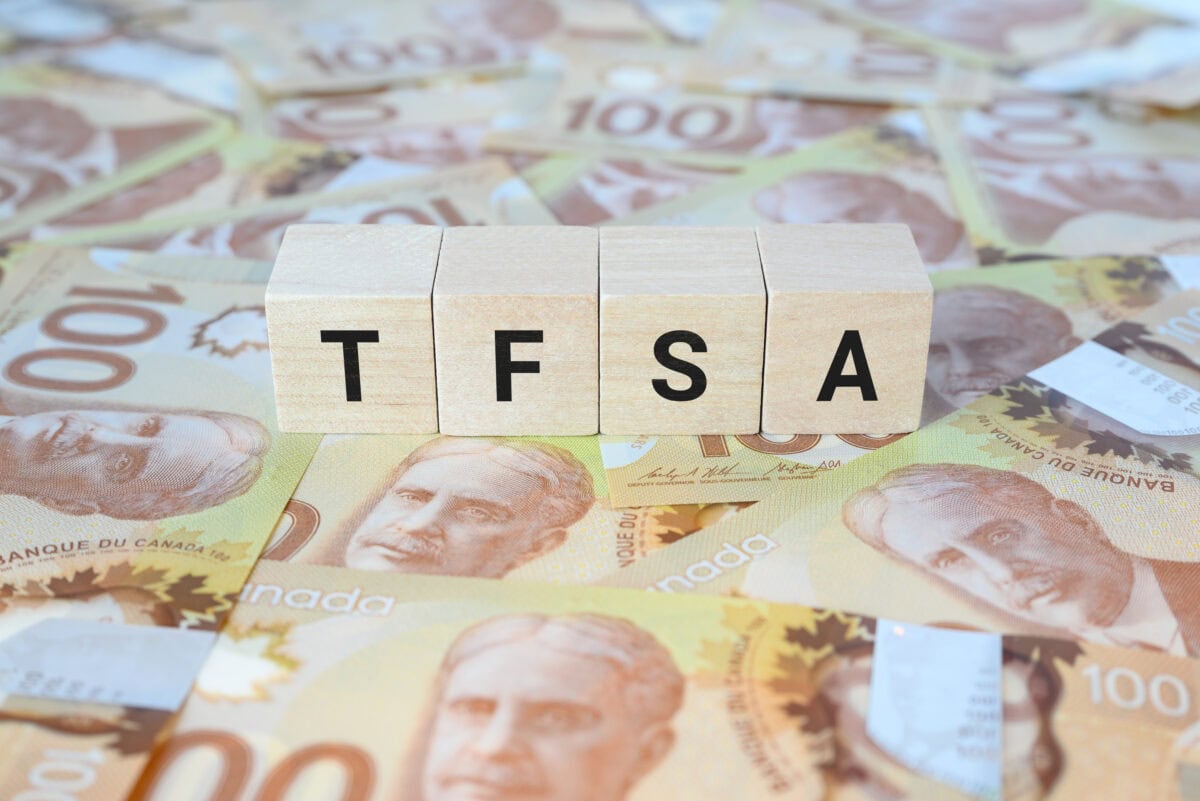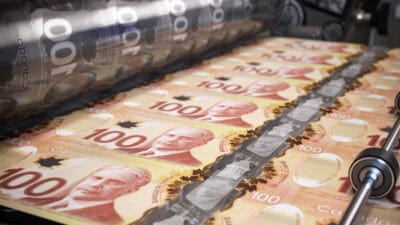Tax-free savings accounts (TFSAs) have been making headlines lately. Last week, Conservative candidate Pierre Poilievre pledged to top up the TFSA contribution limit by an extra $5,000 – with the catch that the “top up amount” must be invested in Canadian securities. The top up would take the total TFSA contribution limit for 2025 to $12,000, with $7,000 of that free to be invested in any market, and $5,000 reserved exclusively for Canadian assets.
Given that Canadians’ TFSA room may be set for an unexpected increase, now is a good time to discuss TFSA investment strategy. Many investors have modest sums – let’s say $20,000 – invested in their TFSAs and are not sure how far they can really get with it. It’s a reasonable question because, thinking about it intuitively, $20,000 doesn’t seem like it can go very far. However, as I’ll show in the ensuing paragraphs, $20,000 could actually grow to $200,000 in fairly short order.
The magic of compounding
The way investments grow is not how you’d expect. Let’s take a “typical” stock market return of 10%. Intuitively, you’d probably think that, starting with $20,000 and getting a 10% return, you get $2,000 per year. That’s not how it works with stocks. That is basically how it works with GICs if you don’t re-invest the coupon, but with stocks and bonds with active reinvestment, returns compound over time.
Compounding is an exponential process. The way it works is you take one plus the expected return, all raised to the power of years elapsed. Then you multiply that by the initial investment amount. At a 10% rate of return it takes approximately 24 1/2 years to turn $20,000 into $200,000, using the formula just described.
The magic of the TFSA
Now, when I say that stock market capital gains compound, I do not mean that they do so without interruption. To the contrary, gains and dividends are interrupted by taxes. In taxable accounts, dividends are taxed each and every year with no exception. Non-dividend stocks are taxable when you sell – though in their case the taxes can be avoided by holding for longer periods of time. The TFSA spares you these taxes. So, investing in a TFSA is a great way to retain the benefits of compounding.
An investment that can make this possible for you
Generally speaking, the 10% returns described above can be achieved with index funds. It’s not fool proof, but it should work out long term, as index funds reduce your risks by diversifying your assets.
Let’s take the iShares S&P/TSX Capped Composite Index (TSX:XIC) as an example. With 220 stocks, it spreads your eggs across many baskets. With a very low 0.05% management fee, it does not charge you too much. And as a highly liquid and widely traded fund, it does not cost investors much in terms of bid-ask spread costs. As long as the Canadian markets as a whole do well, XIC will do well. So, XIC is a very sensible investment to hold – and it’s tax-free if held in a TFSA!









